Course Summary
A roadmap for how to approach teaching a unit on fire and flood resilience in their own classroom. While primarily focused on fire and flood resilience, it will reference the importance of an all-hazards approach to disaster resilience education.
You will learn:
- Background knowledge on fires and floods so that you can be confident in teaching this material to students.
- Principles of disaster resilience education, how to plan this unit, including what connections you will need to make with your community in preparation for building a resilient community network to have successful social impact beyond the classroom.
- How to build disaster resilience in the community by engaging relevant individuals, leaders, local groups, and agencies.
- How to design and implement this unit within a classroom, as well as a whole school approach.
- Tips and tricks, including any pitfalls to be aware of and try to avoid, and recommendations on what works well.
- Links to additional helpful resources will be provided.
Please note that this PD does not cover trauma or psychological preparedness, which is an important aspect of disaster resilience and recovery.
This PD will reference Michelle’s work and recommend further training in trauma-informed practices where appropriate.
Course time:
This course will take you 2 hours to complete. Enjoy it in one session or spread it out over a few weeks. You will have ongoing access via your personal dashboard.
Accreditation:
This course is mapped to the Professional Standards for Teachers. It is accredited for teacher professional development hours:
Proficient Teacher – all states and territories:
- 3.3 Select and use relevant teaching strategies to develop knowledge, skills, problem-solving and critical and creative thinking.
- 4.1 Establish and implement inclusive and positive interactions to engage and support all students in classroom activities.
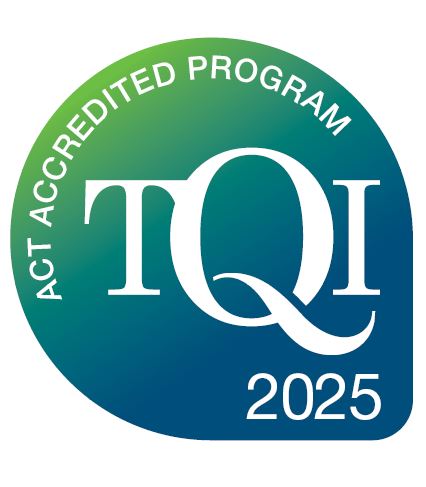
This course is accredited by TQI for 2 hours of professional development for teachers in the ACT for 2025.
Save
Course Content
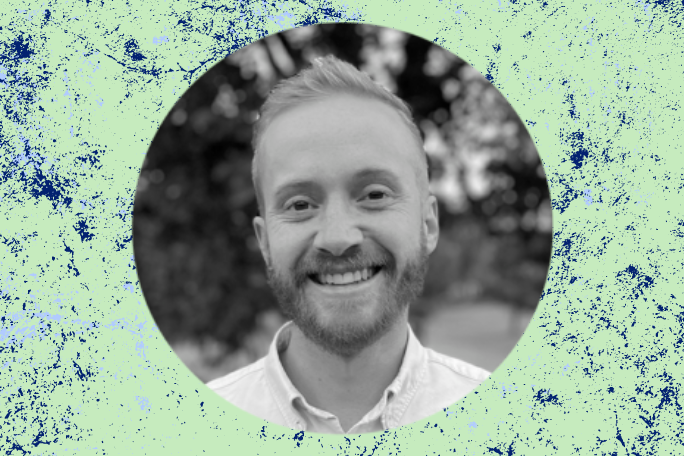
Introduction
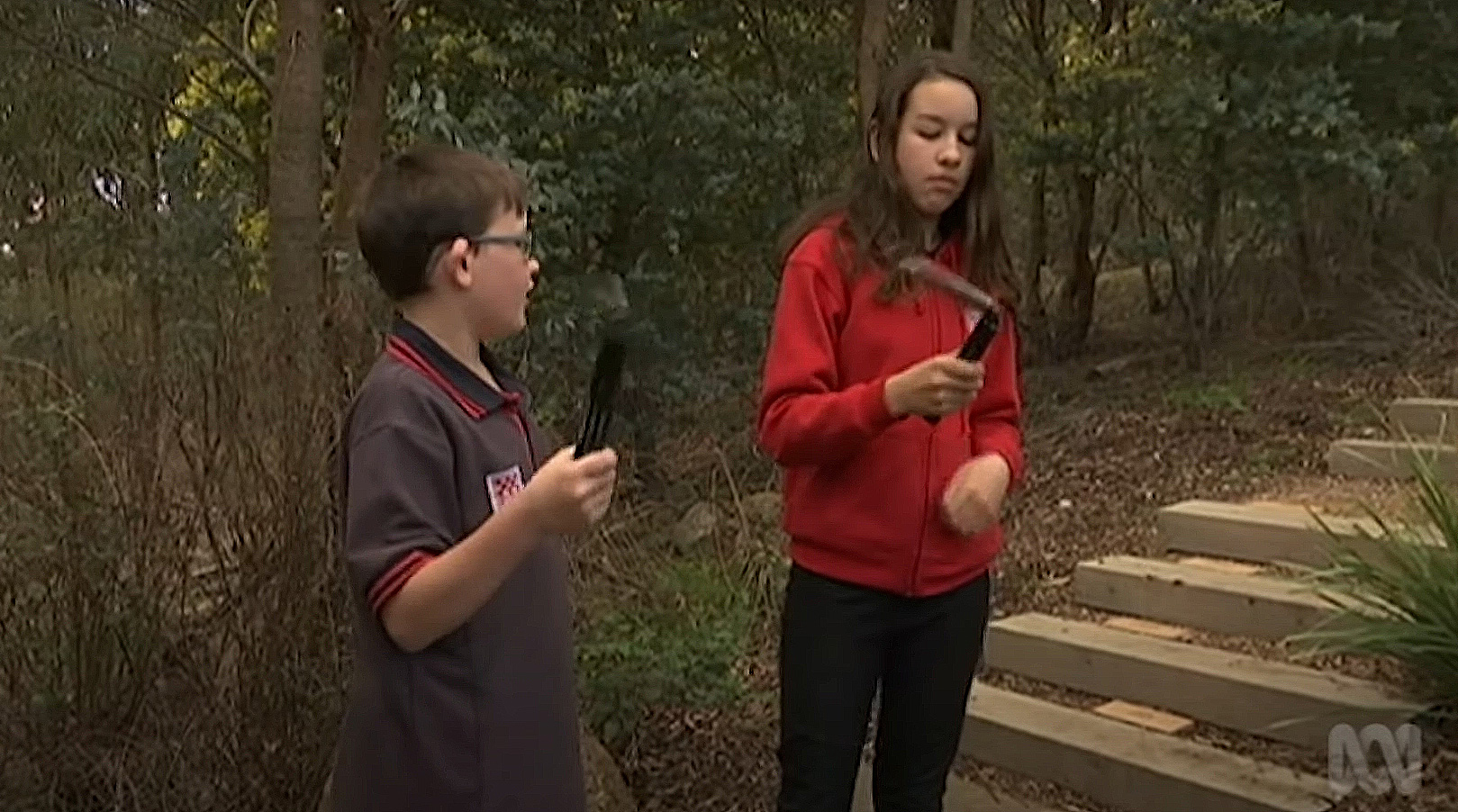
Why Disaster Resilience Education?

Fire and Flood - Background Information
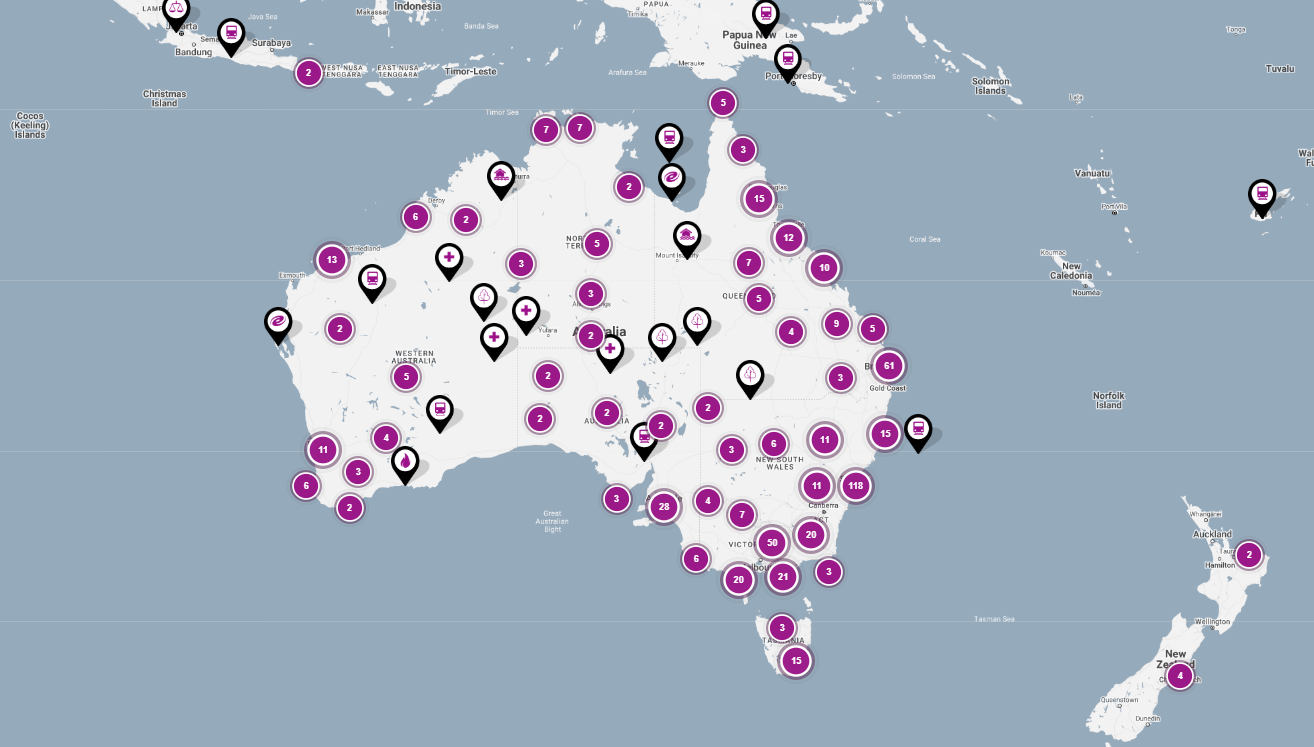
Principles in Action
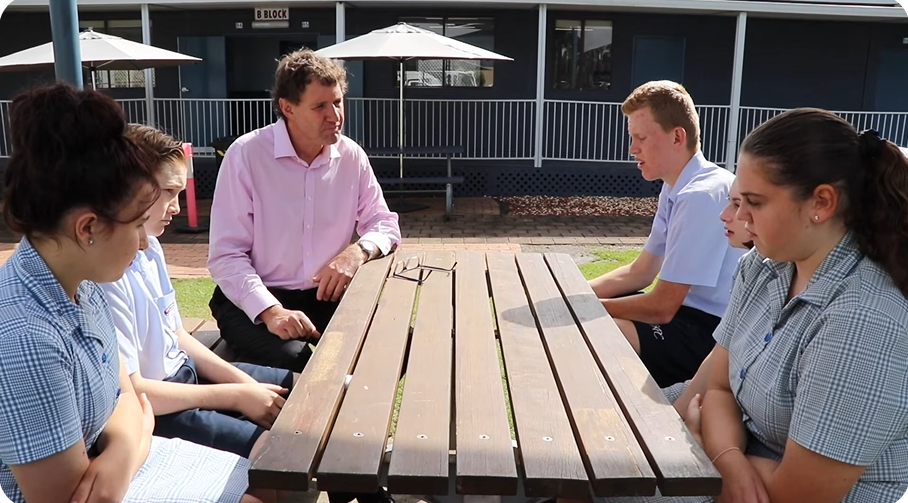
Evaluation Considerations
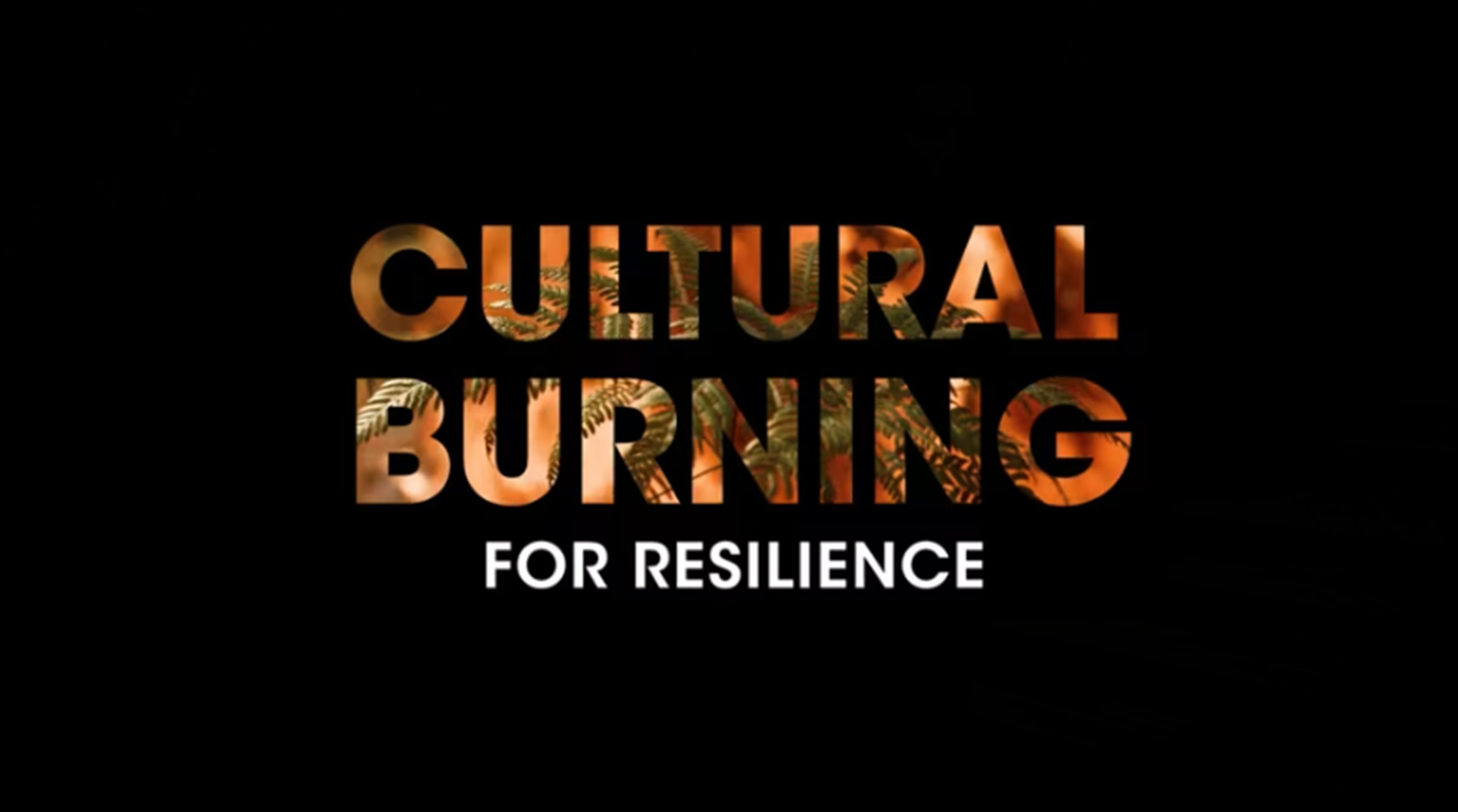
Additional Resources
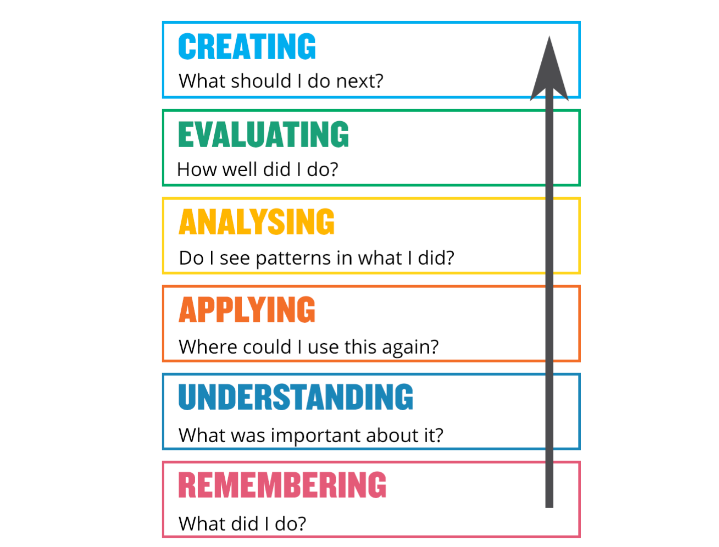
Reflection
Course instructors

Owen Ziebell is a Senior Project Officer at the Australian Institute for Disaster Resilience (AIDR) for Education and Engagement programs. As a former teacher and police officer, Owen has experience in education as well as the emergency services, having lived and worked across rural and metropolitan communities impacted by natural hazards. These experiences have developed Owen’s understanding of the dynamic nature of emergency situations and disasters and the importance of preparation, support networks, and community engagement to develop resilience.
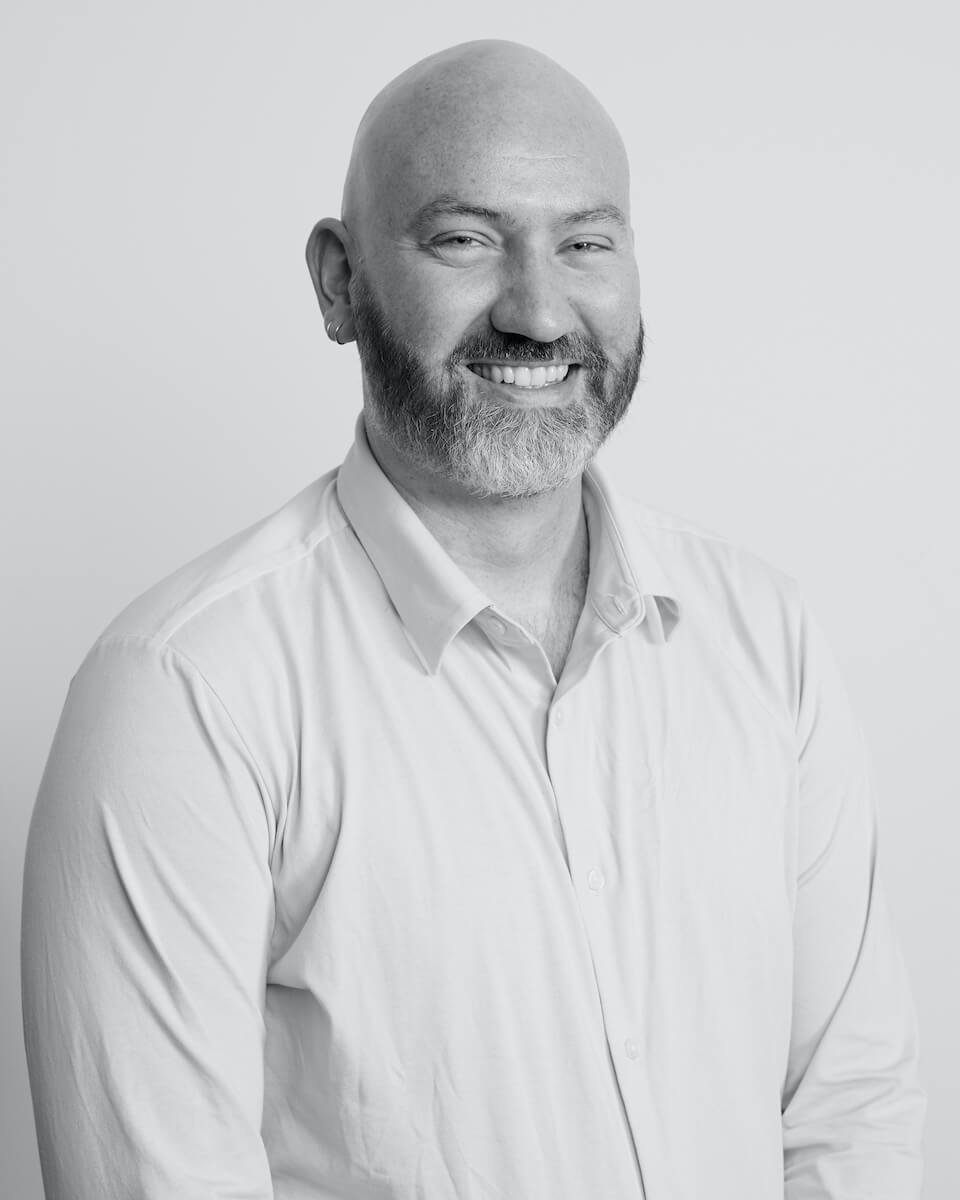
Jarryd Bendall comes from a long line of teachers, which is why he initially avoided this calling. Jarryd taught primary school for several years, before combining his love for writing and education in an Education Specialist role with Cool. This role sees him as a bridge between knowledgeable industry experts and classroom teachers, bringing excellence into the classroom and challenging the average curriculum with innovative and effective ideas.
Jarryd will be on hand to answer any questions and help you navigate this course.
Frequently Asked Questions
How long will this take to complete?
This course will take you 2 hours to complete. Enjoy it in one session or spread it out over a few weeks. You will have ongoing access via your personal dashboard.
Will I get proof of completion?
You will get a Cool.org certificate when you finish, which you can access any time via your personal dashboard, it will also be sent to you by email.
Is this course accredited?
This course is mapped to the Professional Standards for Teachers. It is accredited for teacher professional development hours:
Proficient Teacher – all states and territories:
- 3.3 Select and use relevant teaching strategies to develop knowledge, skills, problem-solving and critical and creative thinking.
- 4.1 Establish and implement inclusive and positive interactions to engage and support all students in classroom activities.
This course is accredited by TQI for 2 hours of professional development for teachers in the ACT for 2024.
What are the curriculum links?
Primary and Secondary: Science, Geography.
Cross-curriculum priorities: Sustainability.
Partners
The Australian Institute for Disaster Resilience (AIDR) develops, maintains and shares knowledge and learning to support a disaster resilient Australia. Building on extensive knowledge and experience in Australia and internationally, we work with government, communities, NGOs, not-for-profits, research organisations, education partners and the private sector to enhance disaster resilience through innovative thinking, professional development and knowledge sharing.
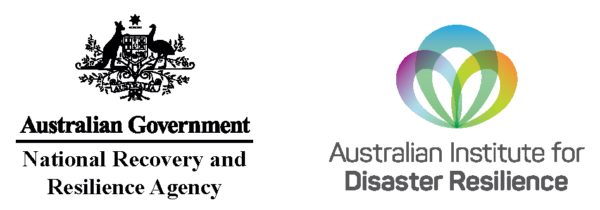

Welcome back!
Don't have an account yet?
Log in with:
Create your free Cool.org account.
Many of our resources are free, with an option to upgrade to Cool+ for premium content.
Already have an account?
Sign up with:
By signing up you accept Cool.org's Terms and Conditions(Opens in new tab) and Privacy Policy(Opens in new tab).